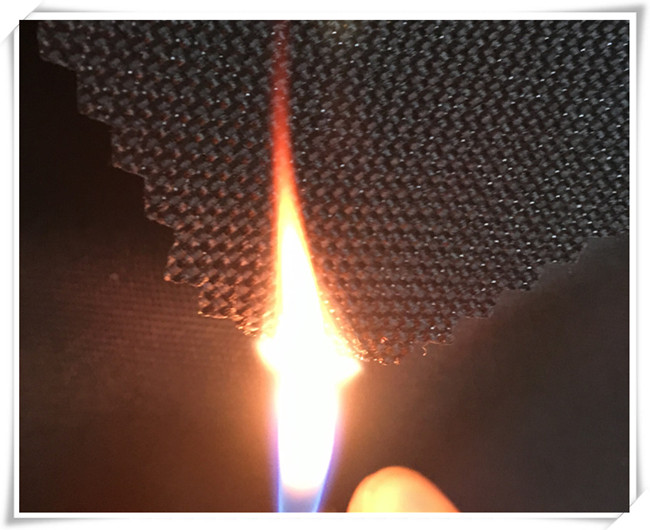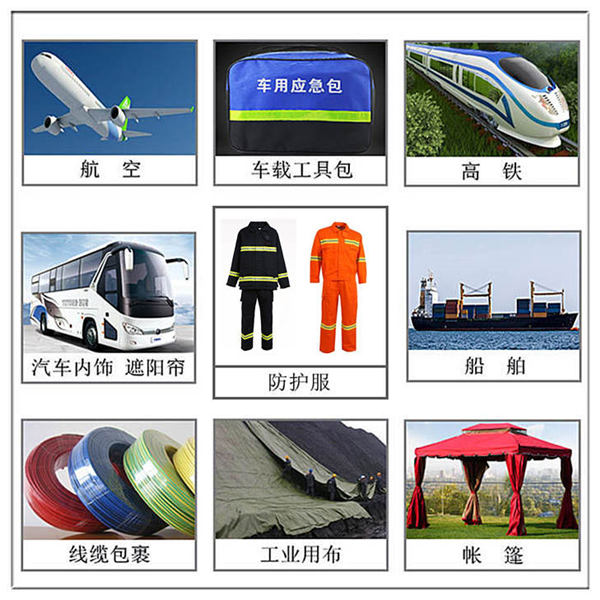Flame-retardant fabrics As our awareness of safety continues to increase, and the national fire safety unit stipulates that some factories, mining areas, buildings, decorations, etc. must use fire-retardant materials, the demand for flame-retardant fabrics has become more widespread.
Flame-retardant fabrics are a general term, and flame-retardant Oxford cloth is one of them. According to the material, it is divided into: cotton, polyester, nylon, acrylic, aramid, viscose (these are mostly used), asbestos, fiberglass, and flame-retardant synthetic plastics. Flame retardant fabrics are mainly used for protective clothing, clothing, decoration, pipe wrapping, etc. Select specific materials according to different functions and uses. Oxford cloth is soft, breathable, easy to wash and quick to dry. Oxford cloth has undergone a flame-retardant finishing process. In addition to the characteristics of Oxford cloth, it also has fire-retardant functions.

What are the methods of making flame retardant fabrics?
1. Coating method: Mix the flame retardant into the resin, and rely on the adhesion of the resin to fix the flame retardant on the fabric. According to different mechanical equipment, it is divided into blade coating method and pouring coating method.
2. Padding and baking method: the most widely used flame retardant finishing process. The process flow is padding-prebaking-baking-post-processing. Padding fluid is generally composed of flame retardants, catalysts, resins, wetting agents and softeners, and is configured into an aqueous solution or emulsion for finishing.
3. Organic solvent method: It uses non-water-soluble flame retardants. Its advantage is low energy consumption during flame retardant finishing. However, in actual operation, attention should be paid to the toxicity and flammability of solvents.
4. Dipping and baking method (absorption method): The fabric is immersed in the flame retardant liquid for a certain period of time, and then dried and baked to make the flame retardant liquid absorbed by the fiber polymer.

Independently research and develop flame-retardant fabrics. According to different requirements of customers, the following specifications are available: 210D, 300D, 420D, 600D, 900D, 1200D, 1680D Oxford cloth, etc., which have temporary flame-retardant effects. Semi-durable flame retardant effect and durable flame retardant effect can also be provided with waterproof, flame retardant, PVC/PU coating, silver coating, composite and other treatments according to customer needs. You can contact the online customer service on the website, or you can Leave a message and we will provide dedicated service to meet all your requirements.
</p








